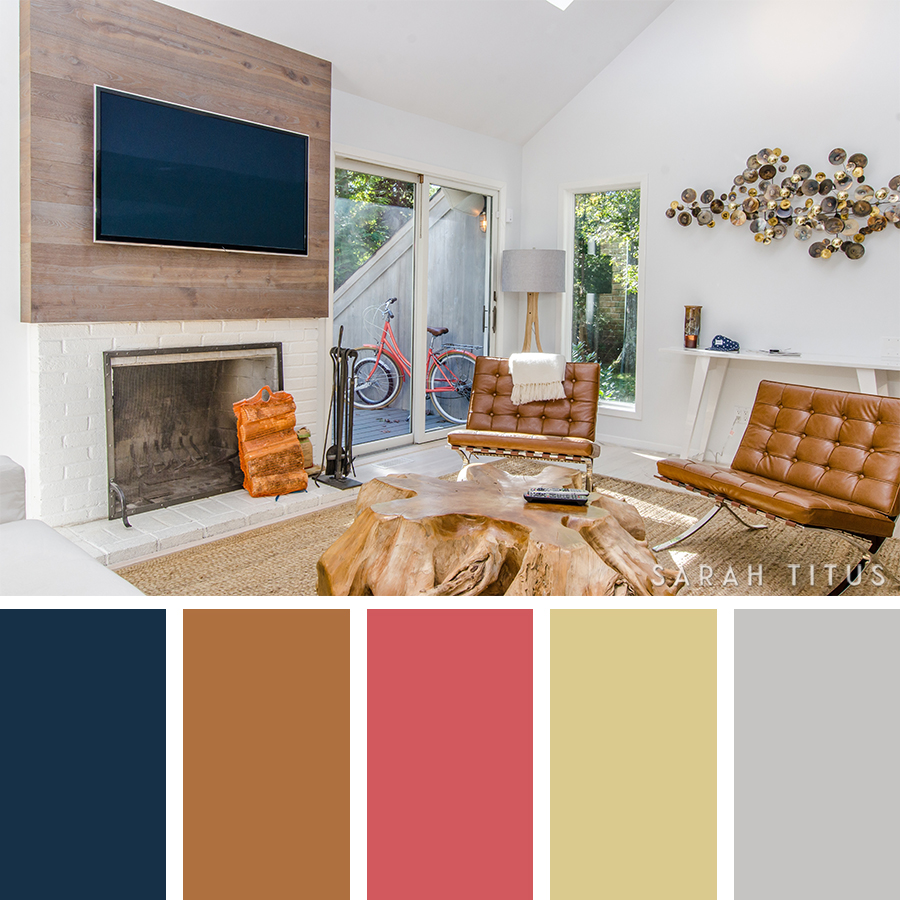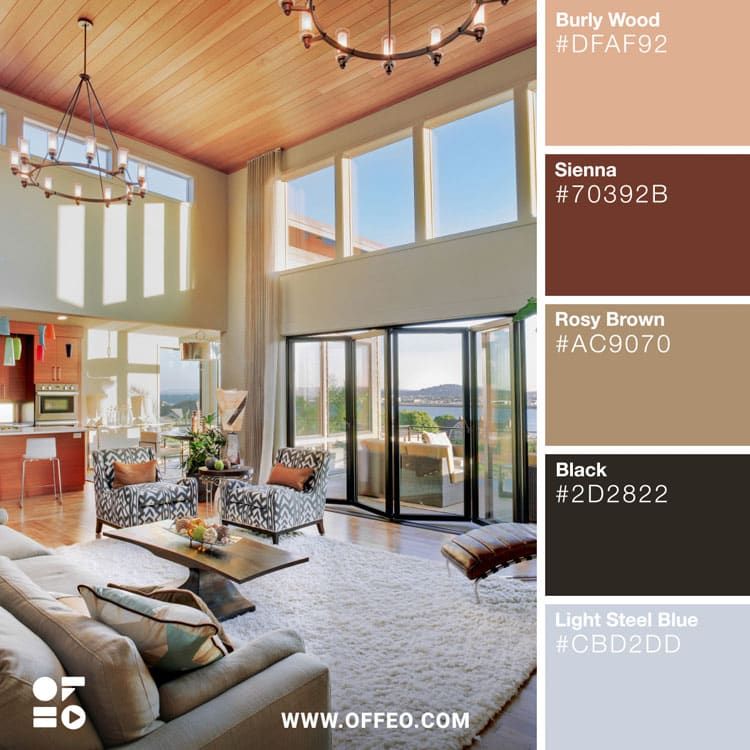How to Choose the Best Interior Color Palette: A Comprehensive Guide

Exploring the world of interior design begins with the crucial decision of selecting the perfect color palette for your space. "How to choose the best interior color palette" delves into the intricacies of color selection, offering insights and tips to help you create a harmonious and visually appealing environment.
Understanding the impact of colors, the interplay of light, and personal preferences are just a few aspects we will explore in this informative guide.
Research and Inspiration

Researching interior color palettes before making a decision is crucial as it sets the overall tone and atmosphere of a space. It helps in creating a cohesive and harmonious look that reflects your style and personality.
Where to Find Inspiration
When looking for inspiration for color schemes, you can explore various sources such as interior design magazines, websites like Pinterest and Houzz, and social media platforms like Instagram. These platforms showcase a wide range of color combinations and design ideas that can help you visualize how different colors work together in a space.
Considering the Mood or Atmosphere
It's essential to consider the mood or atmosphere you want to create in a room before finalizing a color palette. For example, if you want a calming and relaxing vibe, you might opt for soft, muted colors like pastels or neutrals.
On the other hand, if you want a vibrant and energetic space, you could choose bold and bright colors like reds or yellows. The colors you select can significantly impact the overall feel of the room, so it's important to choose wisely based on the desired ambiance.
Understanding Color Theory
Color theory is the foundation of creating a harmonious interior color palette. It involves the study of colors and how they interact with each other to evoke different emotions and moods in a space.The basics of color theory include primary colors (red, blue, yellow), which are the building blocks of all other colors.
Secondary colors are created by mixing two primary colors together (orange, green, purple), while tertiary colors are formed by mixing a primary color with a secondary color.
Warm and Cool Colors
Warm colors like red, orange, and yellow tend to make a room feel cozy and inviting. They are perfect for creating a lively and energetic atmosphere. On the other hand, cool colors such as blue, green, and purple have a calming effect and can make a space appear larger and more tranquil.
Color Schemes
- Complementary Color Scheme: Involves using colors that are opposite each other on the color wheel, creating a high contrast look.
- Analogous Color Scheme: Utilizes colors that are next to each other on the color wheel, providing a harmonious and cohesive feel.
- Monochromatic Color Scheme: Involves using variations of a single color to create a sophisticated and elegant look.
Room Size and Lighting
When choosing an interior color palette, it is essential to consider the size of the room and the lighting conditions. These factors can significantly impact how colors are perceived and the overall ambiance of the space.: The size of a room can influence color choices in various ways.
In small rooms, using light colors like whites, pastels, or soft neutrals can help create a sense of space and make the room feel more open and airy. On the other hand, darker colors can make a large room feel cozier and more intimate.
Impact of Natural and Artificial Lighting
Natural and artificial lighting play a crucial role in how colors appear in a room. Natural light can enhance the vibrancy of colors and create different moods throughout the day. On the other hand, artificial lighting can sometimes distort the true color of surfaces, making it essential to test colors under different lighting conditions.
- Rooms with ample natural light can support a broader range of colors, including bold and saturated hues.
- Rooms with limited natural light may benefit from lighter shades to prevent the space from feeling dark or closed in.
- Consider the direction of natural light in a room when choosing colors to ensure they complement the lighting conditions.
Personal Style and Preferences

When it comes to choosing an interior color palette, personal style and preferences play a crucial role in creating a space that truly feels like home. Your individual tastes and preferences should guide your color choices to ensure that the space reflects your personality and brings you joy.
Incorporating Favorite Colors
One way to incorporate your favorite colors without overwhelming a space is to use them as accent colors rather than as the main color scheme. This allows you to add pops of color without it becoming too dominant in the room.
For example, if you love a bold shade like royal blue, you can use it in throw pillows, artwork, or decorative objects to add visual interest without overpowering the space.
Mixing and Matching Colors
Effective color mixing and matching can help you create a cohesive and harmonious color palette that reflects your individual taste. One approach is to choose a dominant color for the walls or larger furniture pieces, a secondary color for accents like curtains or rugs, and a third color for smaller decorative elements.
This layering of colors adds depth and visual interest to the space while allowing you to showcase your personal style.
Closure

Choosing the best interior color palette is not just about aesthetics; it's about creating a space that reflects your personality and enhances your living experience. With the right colors, you can transform any room into a sanctuary of style and comfort.
Essential FAQs
How important is it to research interior color palettes before choosing?
Researching color palettes is crucial as it helps you understand the impact of different colors on a space and ensures you make an informed decision based on your preferences and the desired atmosphere.
What are warm and cool colors, and how do they affect a room?
Warm colors like red and yellow create a cozy and inviting feel, while cool colors like blue and green evoke a sense of calm and freshness, influencing the overall ambiance of a room.
How can room size and lighting influence color choices?
Room size can dictate whether to use light or dark colors to enhance the perception of space, while natural and artificial lighting can affect how colors appear in different settings.
Why is it important to consider personal style in selecting a color palette?
Personal style plays a significant role in color selection as it allows you to create a space that resonates with your tastes and preferences, making it a reflection of your individuality.
How can one effectively mix and match colors to reflect their taste?
By understanding color schemes like complementary, analogous, and monochromatic, you can artfully combine different colors to achieve a harmonious and visually appealing palette that reflects your unique style.

